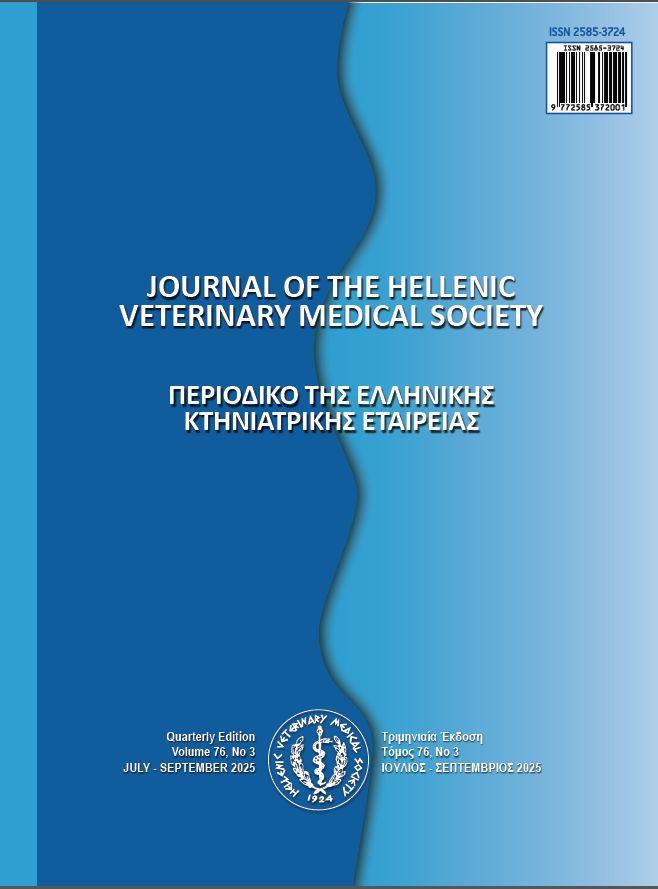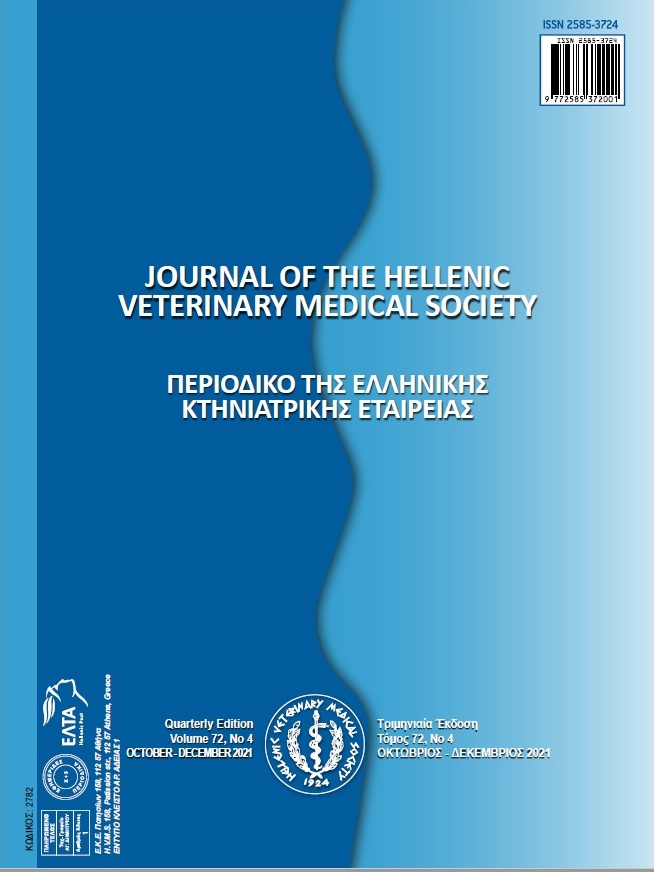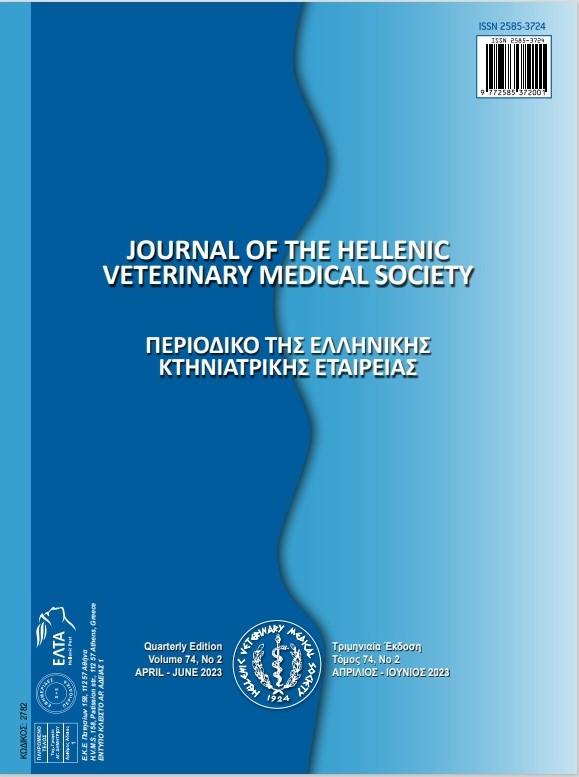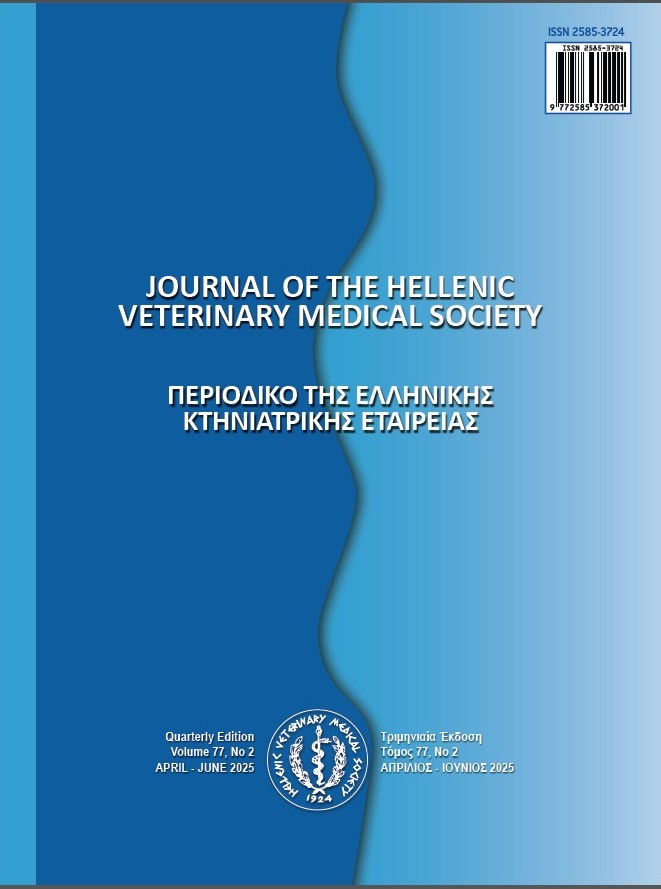Organic production and evaluation of products from an animal perspective: The case of Osmaniye Province in Türkiye
Abstract
The aim of this study is to determine organic production and evaluation of products from an animal perspective. The thesis study was carried out by using face-to-face survey method with a total of 419 individuals in the central district and Kadirli district of Osmaniye province. The ‘Simple Random Probability Sampling Based on Main Population Ratios’ method was used. The data collected from the questionnaires were identified using frequency and ratio distributions and analysed in the SPSS software. In the study, 96.7% of the participants stated that they had knowledge about organic farming, and 76.8% of them stated that they had previously heard about organic livestock. 91.6% of the participants reported that they consumed organic livestock products. While 36.5% of the participants stated that they learned about organic farming through communication tools such as television, the internet, etc., 58.7% stated that feeding is the key factor in organic livestock. While 43.7% of the participants stated that they consumed beef meat, 45.8% stated that they shopped in villages to meet their organic meat needs, since the organic products are healthier. 43.2% of the participants stated that they mostly consumed organic milk, they preferred extracted honey as organic honey, organic products were less likely to be sold in the market, organic products were environmentally friendly, and considered that organic products and those purchased from the village were healthier. The study revealed a significant correlation between the age groups of the participants and the animal products that prioritise organic consumption. The study revealed a statistical difference between the opinion of where to supply organic meat and age groups; between age groups and the preference of meat type; between age groups and milk and dairy products prioritised for organic consumption; between age groups and the opinion of whether the production method of animal foods affects consumption; between age groups and the opinion of how much do people trust organic products; between age groups and the opinion that organic products are more reliable; between age groups and the opinion that organic products protect nature; between age groups and the opinion that they should consume organic products. The study indicated a statistical difference between gender and the responses to the question of what the key factors in organic livestock; between gender and the responses to the question of whether the production method of animal foods affects consumption; and between gender and the responses to the question of how to understand whether milk is fatty or not.
Article Details
- Come citare
-
Bulanikli, M., & Ayasan, T. (2025). Organic production and evaluation of products from an animal perspective: The case of Osmaniye Province in Türkiye. Journal of the Hellenic Veterinary Medical Society, 76(3), 9835–9850. https://doi.org/10.12681/jhvms.39806
- Fascicolo
- V. 76 N. 3 (2025)
- Sezione
- Case Report

Questo lavoro è fornito con la licenza Creative Commons Attribuzione - Non commerciale 4.0 Internazionale.
Authors who publish with this journal agree to the following terms:
· Authors retain copyright and grant the journal right of first publication with the work simultaneously licensed under a Creative Commons Attribution Non-Commercial License that allows others to share the work with an acknowledgement of the work's authorship and initial publication in this journal.
· Authors are able to enter into separate, additional contractual arrangements for the non-exclusive distribution of the journal's published version of the work (e.g. post it to an institutional repository or publish it in a book), with an acknowledgement of its initial publication in this journal.
· Authors are permitted and encouraged to post their work online (preferably in institutional repositories or on their website) prior to and during the submission process, as it can lead to productive exchanges, as well as earlier and greater citation of published work.








